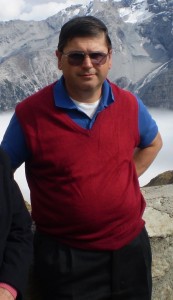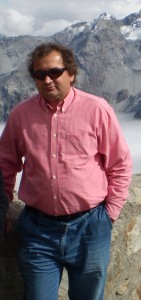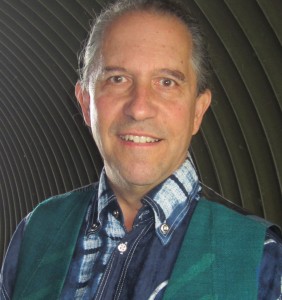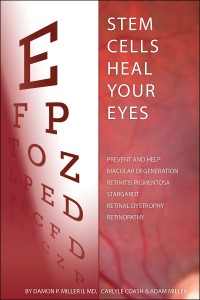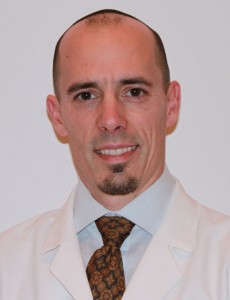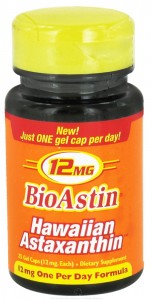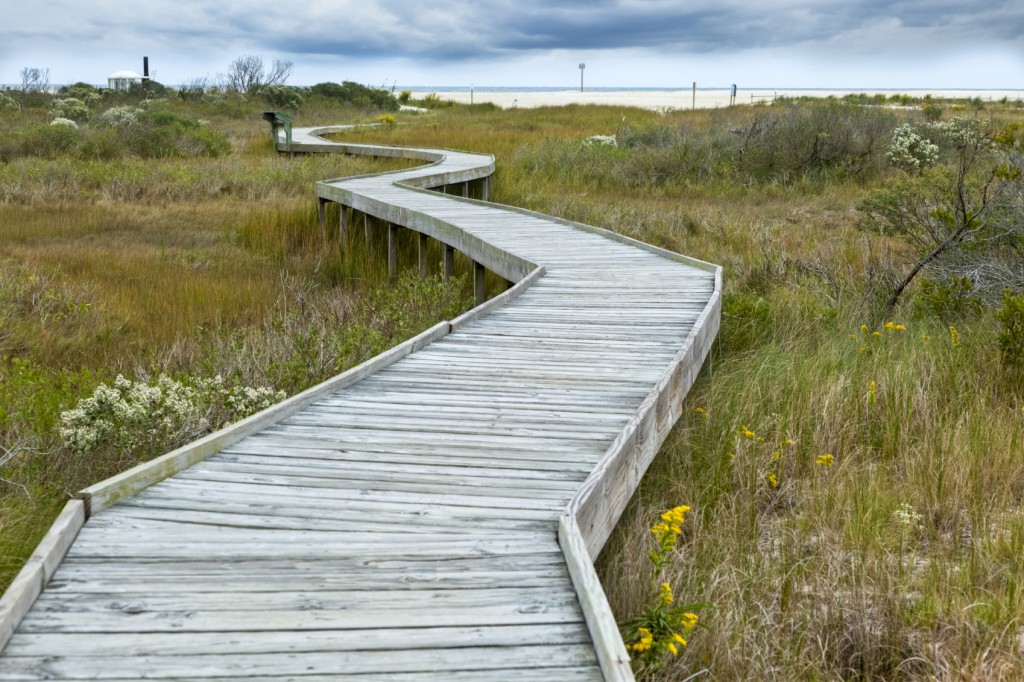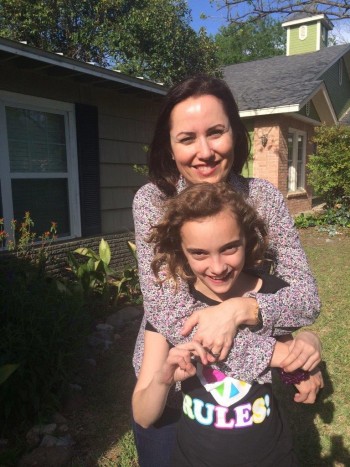 Natalie Watkins has become one of my favorite people in this solving-RP quest. She’s tried virtually everything to save her eyesight — from acupuncture in Canada, to a stem cell implant in Mexico, to Hyperbaric Oxygen Therapy in San Antonio. She’s got the kind of fight and determination we all need to beat this disease and when I told he about the nearly 20-year-old astaxanthin patent that’s blocked others from actively researching and discussing the benefits of astaxanthin for retinal diseases, she started sharing her own run-ins with what she calls “patent campers”. I asked her to share her experiences here, in hopes that we can begin to generate awareness that will drive change.
Natalie Watkins has become one of my favorite people in this solving-RP quest. She’s tried virtually everything to save her eyesight — from acupuncture in Canada, to a stem cell implant in Mexico, to Hyperbaric Oxygen Therapy in San Antonio. She’s got the kind of fight and determination we all need to beat this disease and when I told he about the nearly 20-year-old astaxanthin patent that’s blocked others from actively researching and discussing the benefits of astaxanthin for retinal diseases, she started sharing her own run-ins with what she calls “patent campers”. I asked her to share her experiences here, in hopes that we can begin to generate awareness that will drive change.
By Natalie “Nat” Watkins
My best friend asked me yesterday, “So, why do you think you are still going blind? I mean, with all of the technology and capacity of humanity…Why has this problem not been solved?” I wish I could say that it is because the disease process is just too terribly complex.
But, then again, there are some smart people working on it. Really smart. Like beamed down from the mothership. People who could be making a lot more money as retinal surgeons in private practice. I mean, nobody tacks on that Ph.D to their M.D., so they can make more coin. Then they get to spend the rest of their careers fighting over five dollars in a sandbox with a bunch of other researchers.
Fun times.
What about the patients? Do we not volunteer to be guinea pigs for most any worthwhile project? Or, not-so-worthwhile project?
I know plenty of RPers who are willing to subject themselves to all sorts of humiliation in hopes of a resulting cure or treatment.
Is it because it is a rare disease? One that is not super sexy?
Closer. There is not a huge financial incentive to study RP.
What else?
Well, there is also an egregious practice that takes place. Regularly. It makes us about as attractive to biotech investment as Jabba the Hutt in a prom dress is to the average seventeen year-old male.
This practice, for purposes of a family audience, I will call “patent camping.”
What is it?
It is taking out a patent and then sitting on it. So, someone who is interested in researching your brilliant idea (or not-so-brilliant one) will have to pay you out in order to do so. Sounds fair enough. It is YOUR idea after all. Based on your research. You should get paid, right?
Sure. If you have funding to advance it forward. If you have an interest. If you can DO SOMETHING WITH IT in a reasonable amount of time. Otherwise you should let it go. It stops all kinds of creative work that could possibly improve the quality of real people’s lives.
And isn’t that the reason you got into this gig in the first place? That and a healthy dose of curiosity, I would imagine.
So, I would like to say it is just vitamin companies who patent camp. But, it is not. Awhile back, I was following the work of a Japanese researcher in the area of nilvadipine and RP. Nilvadipine is a type of calcium channel blocker.
And, the researcher who holds the nilvadipine patent is actually working on it. Trials are advancing. He is earning his patent by potentially serving patients. Years ago, when I was looking into this drug, unavailable in the US, I learned of a patent on Diltiazem for RP. Diltiazem is also a calcium channel blocker. A few French researchers had camped on the Diltiazem patent. Back before the invention of the wheel.
Same class of drug as nilvadipine.
They had not moved any work forward. Dr. Berson (Harvard) published work disproving the use of calcium channel blockers in RP. Diltiazem, to be exact… with one dog. Before anyone understood different mutations.
Maybe someone before our Japanese nilvadipine researcher (currently in trials) would have worked on it if the French researcher and friends had not kept camping on the patent even though they went on to live off of funding from other sources.
Oh well, I thought. Just one set of campers does not an epidemic make. Then I started learning about low level laser therapy and Retinitis PIgmentosa. I was encouraged by some work done by Eelis and Whelan at Wisconsin. And, Eelis has patented it for use in retinal degeneration. I do not have a problem with that as she is actually working on it.
Not a camper.
But I ran into another doc who was camping on LLLT for eye disease. A dermatologist. With a patent for LIGHT and eye disease? He took out the patent years ago. Then made a deal with L’Oreal to use LLLT for wrinkles. Did he let the patent for eye disease go?
Nope. He made himself a little fire and got out the marshmallows. Time for weanies, folks!
I wish, Ingrid, that your experience with this company was an isolated one. But, it is a systemic issue. I am not expecting anyone to be Jonas Salk, just let patents lapse when you cannot move forward with the work. New patent laws need to be put in place to protect the best interests of patients, with stricter time limits. As you stated, a possible RP intervention is not an Allen wrench. This is especially critical for those of us dealing with rare diseases which are already financially unattractive to the majority of companies.
Now where did I put that flashlight? Sure is dark out here in the campground….Think I just tripped over a couple of researchers eating beanie weanies.
I have to laugh. To keep from crying.
Nat
Natalie “Nat” Watkins lives in Texas with her husband and two children. In addition to being an avid reader, writer and pissed off blind person, she is a graduate student and enjoys pina coladas and getting caught in the rain, and is not into yoga and has half a brain She’s currently putting the finishing touches on her memoir, Crash Test. She can be reached at: Npendleton7@satx.rr.com


